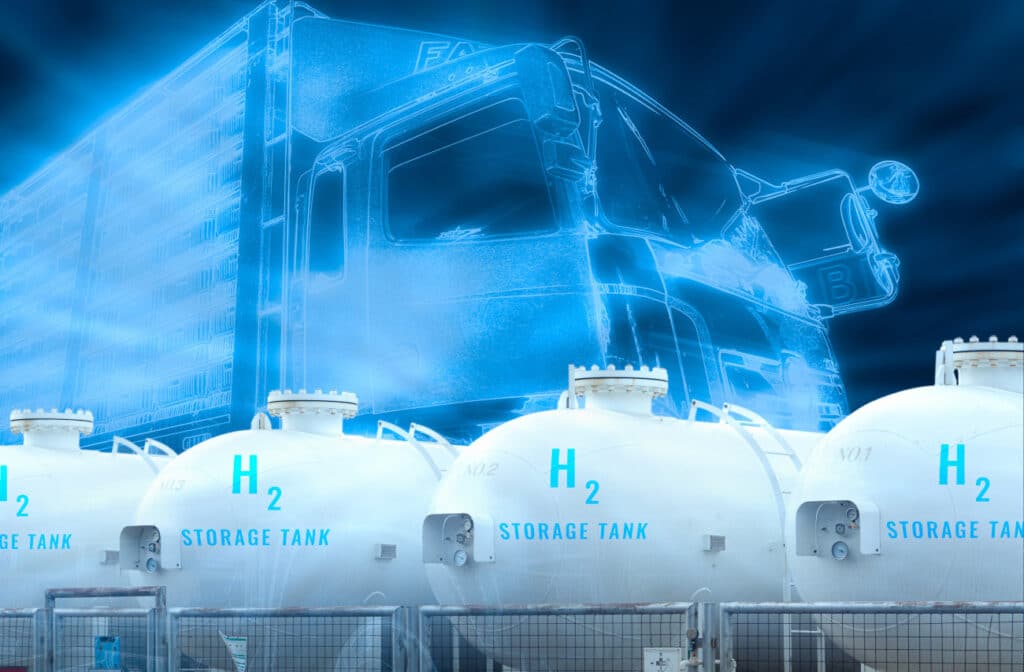Australia and Japan’s leading engineering bodies have called for coordinated investment and regulatory reform to unlock a green hydrogen value chain, in a joint report launched at World Expo 2025 in Osaka.
Developed by the Australian Academy of Technological Sciences and Engineering (ATSE) and the Engineering Academy of Japan (EAJ), the report outlines how the two nations could jointly produce, store, and export millions of tonnes of renewable hydrogen by 2050.
Backed by the Emerging Research Leaders Exchange Programme and the Australia-Japan Foundation, the report identifies key opportunities in chemical production, fertilisers, steelmaking and shipping fuels.
Green hydrogen, produced using Australian renewable energy and enabled by Japanese technology, is seen as a critical input for decarbonising heavy industry across the region.
“Achieving this potential requires a sustained focus on skills, infrastructure and financing. Japanese and Australian innovation, working together in partnership, are a force to be reckoned with,” said ATSE CEO Kylie Walker.
However, the report also warns of major bottlenecks.
Over 70 per cent of experts surveyed identified infrastructure shortfalls in storage, distribution and transport.
Shipping hydrogen over long distances remains a technical and economic challenge, while existing gas pipelines can only handle low-volume hydrogen blends due to material limitations.
Production also lags.
Only limited-scale projects are operational, and most hydrogen hubs lack the water and renewable energy inputs needed for scale-up.
According to the report, “reducing the cost of electrolysers and renewable energy generation technology” is vital for cost competitiveness.
Financing is another constraint.
Just over half of stakeholders said Australia lacks the funding certainty to de-risk hydrogen projects. In contrast, Japan has committed over ¥15 trillion (A$150 billion) in hydrogen-related investment over 15 years, including a new Clean Hydrogen Production Subsidy.
Despite setbacks – including some big names exiting flagship hydrogen projects – experts remain cautiously optimistic.
The report recommends aligning certification frameworks, establishing joint R&D centres, and investing in workforce training.
“The key would be to bring together stakeholders from industry and academia from both sides,” said EAJ’s Yuko Harayama.
The full report is accessible here.


